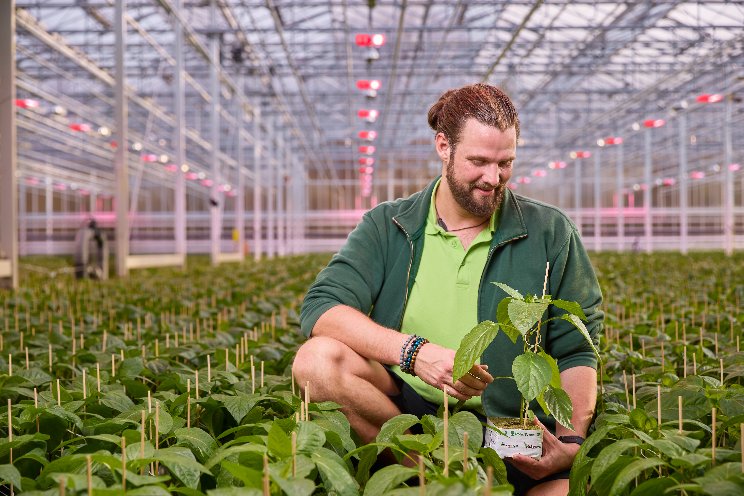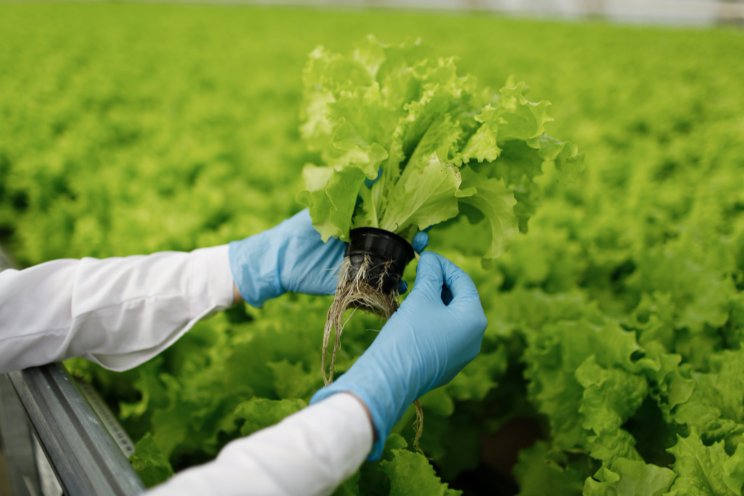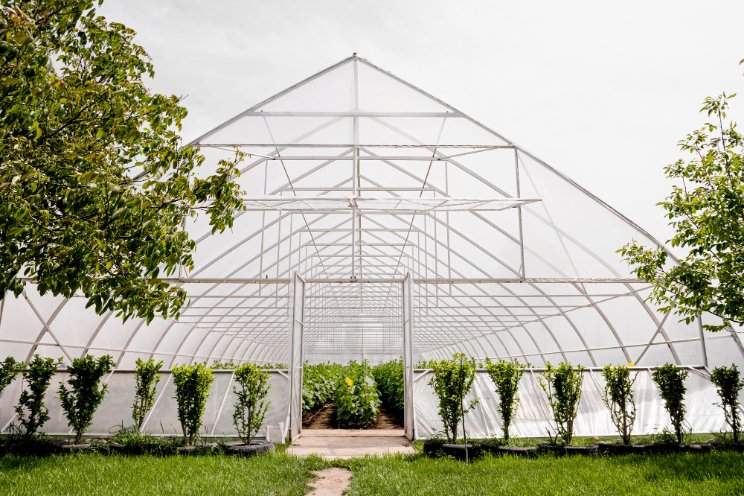Recognizing and preventing phytotoxicity in greenhouse
Added on 27 March 2023

In a recent e-GRO alert, Dr. Nora Catlin, a Floriculture Specialist with Cornell Cooperative Extension, offers tips to help recognize phytotoxicity from pesticide application:
- Phytotoxicity can appear as a variety of symptoms ranging from subtle to obvious, and can include necrotic flecks, spots or patches, leaf edge burn, discoloration, chlorosis, bleaching, distorted growth, leaf or flower drop, stunt, or even death of growing points.
- Sometimes you may see necrotic spotting or flecking in patterns showing where the spray application had accumulated, and sometimes you may see a pattern where upper leaves protected lower or interior leaves from the spray application.
- You may see patterns within the crop or greenhouse to provide clues if the symptoms you are seeing are due to phytotoxicity from a pesticide application. Examples include: phytotoxicity from foliar sprays tend to be observed more along bench and row edges; sensitive crops underneath treated hanging baskets can be injured; and sensitive crops next to treated crops can show injury where there was pesticide drift or accidental misapplication.
- Injury from phytotoxicity occurs over a short time period, related to the timing of pesticide application. Unlike a disease, phytotoxicity will not spread or develop over time. You will typically see symptoms on leaves of the same age or stage of development. If a bud or unexpanded leaf is injured the injury may take time to become evident, since the distortion will only be seen once the leaf develops. Any injury will remain and the tissue will not recover, however in most cases the plant will outgrow the injury with the new growth appearing healthy.
For tips on preventing phytoxicity issues, check out the original e-GRO alert here.
Source: Greenhouse Grower
Image by wayhomestudio on Freepik
More news















